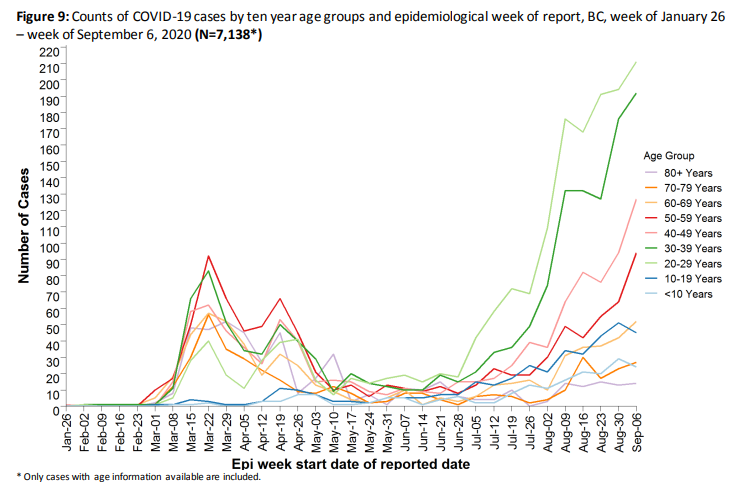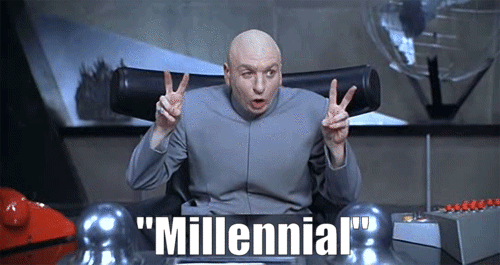Developing a Communication Plan
Now that we thought about the different aspects of communication, we are going to bring it all together to formulate a communication plan. There is not much new material here as our framework is largely based around what we have presented thus far. Similar to pieces of art, communications programs will be unique to the issue, the situation, and the communicator; however, there are some basic elements that (we believe) should be common to all of them and which are highlighted here. We have fleshed out this framework with additional considerations that might help you to develop your own plan.
- Assess the issue or problem
- review available data (what is the problem, its prevalence, who is affected, how does it impact society, what causes it, what could prevent it, what could treat it, etc.)
- identify existing activities and gaps (what are others doing, what have they learned, etc.)
- gather new data if needed
- identify what could be solved with communication and what can’t and what’s within your organizational mandate and capacity.
Goal post: You should leave this process having a pretty good idea with regard to what you want to achieve with your communication program.
- Do a critical thinking check
- Is your mission in any way controversial? Are or could there be opposing points of view or arguments?
- Go through the process of identifying and comparing the arguments for and against your mission.
Goal post: You should leave this process confident in the integrity of your mission and able to defend it against your strongest detractors.
- Define your communication objectives and evaluative criteria
- What is your overarching goal?
- What are your more specific process and outcome goals?
- What are the evaluation criteria that you will use to define success?
- How might you assess those criteria?
Goal post: You should leave this process knowing very specifically what you want to achieve and how you will know if you have achieved it.
- Identify your audience
- Decide on who your primary (and possibly secondary, tertiary, etc.) audience should be.
- Use some form of audience analysis to characterize them and identify the types of communication that will speak most to them
- Determine how your audience characteristics will impact your mission, message, and medium
Goal post: You should leave this process knowing exactly who you are messaging to and know that might impact the design and delivery of your message.
- Identify potential roadblocks
- Are there any ethical issues to consider?
- Are there any organizational, audience, or personal barriers?
- Will you need to deal with audience outrage (or apathy)?
Goal post: You should leave this process with an in-depth understanding of your communications landscape and be able to use that information to develop an efficient and effective message.
- Develop your message
- Identify your message concepts – this is the core information that you want to relay to your audience.
- Use narrative or other techniques to translate your concepts into a message.
Goal post: You should leave this process knowing exactly what you are going to say.
Example
A concept would be something like “everyone benefits from cancer research” whereas a message derived from that would be “Cancer research: because cancer touches us all”.
- Select your media
- Identify which channels are optimal for you, your message, and your audience
- Plan out how you will use those channels to deliver your message
- If using multiple channels, plan out how they fit together
- Adapt your message to each platform and develop platform-specific materials
Goal post: You should leave this process knowing exactly how you are going to deliver your message.
-
- Develop an evaluation plan
- Define the goals of the evaluation(s).
- Determine what information will be needed to assess those goals and how that information will be obtained and analyzed.
- Determine the timing of the evaluations
- Develop a process for the implementation of evaluation findings.
- Develop an evaluation plan
Goal post: You should leave this process with a plan for keeping your communication program on track.
- Parameterize your implementation strategy
- Highly dependent on the specific plan but could include defining specific roles and responsibilities within your communication team, identification of partners who could aid in implementation, timing of communications and evaluations, budget and funding, etc.
Goal post: You should leave this process with all the details started out and ready to launch your communication program!!
Supplementary Material
by Yinghong (Amy) Wu (SPPH 552 2020W1)
Since the start of phase 3, B.C. has experienced an increase in COVID-19 cases over July and August, with the highest number of cases among young people in the 20-29 and 30-39 age groups.

http://www.bccdc.ca/Health-Info-Site/Documents/BC_Surveillance_Summary_Sept_17_2020.pdf

(Some of those within the 20-29 age range are Generation Z. The Millennials aren’t to blame for everything!)
The higher counts may be explained by this population generally having less perceived personal risk of severe COVID-19 complications due to good overall health and absence of pre-existing conditions, along with the socializing tendencies and activities typical to this group, particularly during Summer months.
To address the high incidence of COVID-19 cases and to decrease the rate of transmission within this population, the BCCDC released a behaviour-change communication campaign:
Dr. Bonnie Henry’s Good Times Guide
The “guide” portion includes practical tips that are targeted to the 20-29 and 30-39 age groups, such as “Don’t pass around snacks, drinks, smokes, tokes, and vapes.” and “Hooking up? Do it Safely.”. The guide also includes general COVID-19 prevention best-practices, such as staying home when sick and cleaning your hands often. Catchy and simple phrases are used, including “Spread fun – not COVID-19.” and “Good Times can be had, safely”. Bright, colourful, summery, and fun graphics accompany these messages – including a flip flops, recreational beverages, and a campire. Of course, what B.C. Good Times Guide would be complete without a casual-looking Dr. Bonnie Henry?

The guide is accompanied by social-media “Shareables”: curated messages, tweets, and videos from other young adults and relevant local public figures to promote healthful covid-related practices. The audience is encouraged to distribute these shareables through social media networks, along with the hashtag #GoodTimesBC.
guide is accompanied by social-media “Shareables”: curated messages, tweets, and videos from other young adults and relevant local public figures to promote healthful covid-related practices. The audience is encouraged to distribute these shareables through social media networks, along with the hashtag #GoodTimesBC.
https://goodtimes.gov.bc.ca/shareables
Several key communication concepts are identified in this campaign:
- As the intended audience is highly social and connected, this campaign utilized the social contagion approach in targeting the networks that individuals frequently consume from, benefitting off of digital interactions and spread of the shareables.
- This campaign also utilized the Sandman’s Hazard x Outrage framework. There appears to have been much effort put towards understanding target audience priorities and perspectives related to changes (or lack thereof) in their socialization behaviours with regards to COVID-19 precautions. These insights were used to produce a campaign that was relevant and appealing in its messaging, graphics, and delivery methods.
- Finally, it is worth observing how the campaign leveraged the established trust and credibility of Dr. Bonnie Henry by placing her name within the title and a rendition of her image at the forefront of the content.
Although this campaign appears to be a great example of a well-planned approach to changing COVID-19-related risk behaviours in young adults, it will be interesting to see if it is successful in achieving its intended process and outcome goals. Did the campaign reach the intended users and to what extent? Did it make an impact in reducing COVID-19 transmission and preventing potential new cases among the 20-29 and 30-39 age groups? Time will tell.

